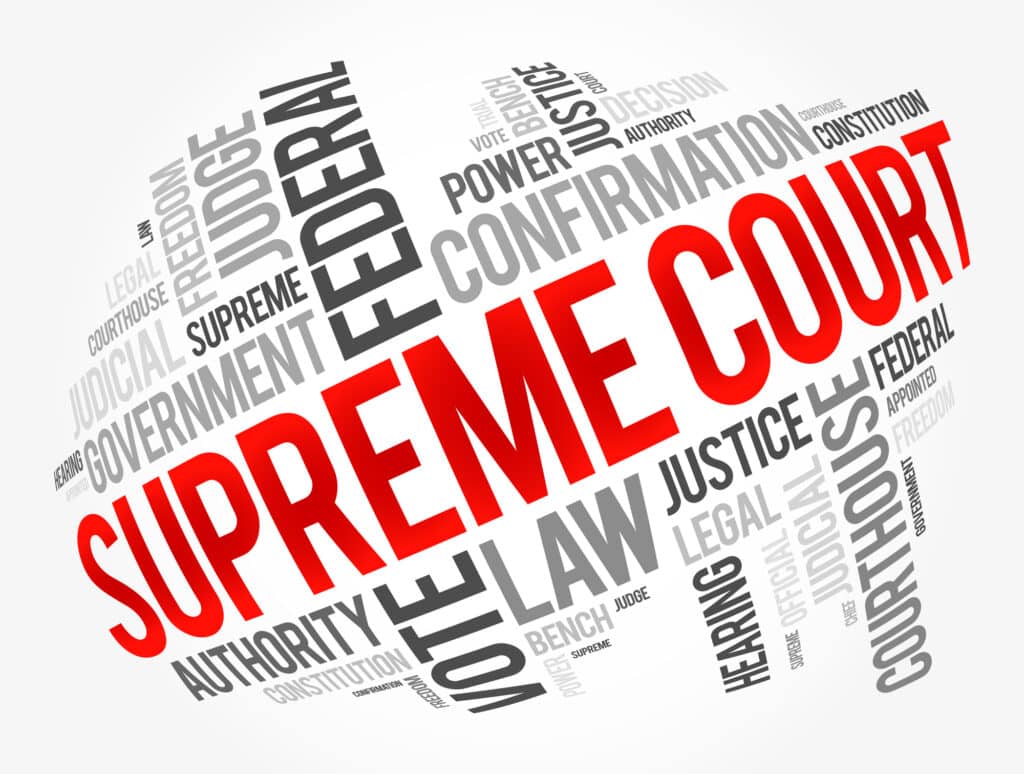Supreme Court Filing: How to Ensure Accuracy and Timeliness

Filing a case with the Supreme Court is a process that demands the highest level of precision, attention to detail, and adherence to strict deadlines. The Supreme Court of the United States is the highest judicial authority in the country, and its procedures reflect the gravity of its role. For any legal practitioner or individual involved in Supreme Court litigation, ensuring accuracy and timeliness in filing is crucial to the success of a case. Here’s what you need to know about navigating the Supreme Court filing process.
Understanding the Importance of Accuracy
Accuracy in Supreme Court filings is non-negotiable. The Court’s rules are complex, and even minor errors can result in a case being rejected or delayed. Whether it’s a petition for a writ of certiorari, a brief, or any other legal document, every aspect of the filing must be meticulously prepared. This includes correct formatting, proper citation, and compliance with specific word or page limits.
One of the most critical components of accuracy is ensuring that all facts and legal arguments presented are thoroughly vetted and well-supported. The Supreme Court is primarily focused on legal issues of significant national importance, and its decisions often set precedents that impact the entire legal system. Therefore, filings must be comprehensive, logically structured, and based on sound legal principles.
The Role of Timeliness
Timeliness is equally vital in Supreme Court filings. The Court operates on a strict schedule, and missing a deadline can have severe consequences, including the outright dismissal of a case. Deadlines for submitting petitions, briefs, and other documents are clearly outlined in the Supreme Court’s rules, and extensions are rarely granted except in exceptional circumstances.
One of the most crucial deadlines is the 90-day window for filing a petition for a writ of certiorari following a lower court’s decision. This time frame is rigid, and any delay can result in the loss of the opportunity to have the case heard by the Supreme Court. Similarly, briefs in opposition, reply briefs, and other filings must adhere to specific timelines to ensure that the case proceeds smoothly through the Court’s docket.
Tips for Ensuring Accuracy and Timeliness
Thorough Preparation: Start preparing your documents well in advance of the filing deadline. This allows ample time for research, drafting, and revisions. Ensure that all factual and legal assertions are accurate and supported by the record or applicable law.
Understand the Rules: Familiarize yourself with the Supreme Court’s rules and guidelines. This includes understanding formatting requirements, filing procedures, and the specific content required for different types of documents.
Use Experienced Professionals: If possible, engage legal professionals who have experience with Supreme Court filings. Their expertise can be invaluable in navigating the complexities of the process.
Double-Check Everything: Before filing, review every document multiple times for accuracy, consistency, and compliance with the Court’s rules. Even minor mistakes can lead to delays or rejections.
Monitor Deadlines: Keep a detailed calendar of all relevant deadlines and set reminders well in advance. Missing a deadline can have catastrophic effects on your case.
Filing a case with the Supreme Court is a task that requires diligence in both accuracy and timeliness. Given the Court’s significance and the impact of its decisions, there is no room for error. By understanding the importance of these elements and taking proactive steps to ensure compliance with the Court’s rules, you can increase the likelihood of a successful filing and, ultimately, a favorable outcome for your client. The team at Torri’s Legal Services provides expert assistance with all tasks related to Supreme Court filings. Our professionals have the skill and experience necessary to keep your filing on time and your documents accurate. Call today for a quote!
